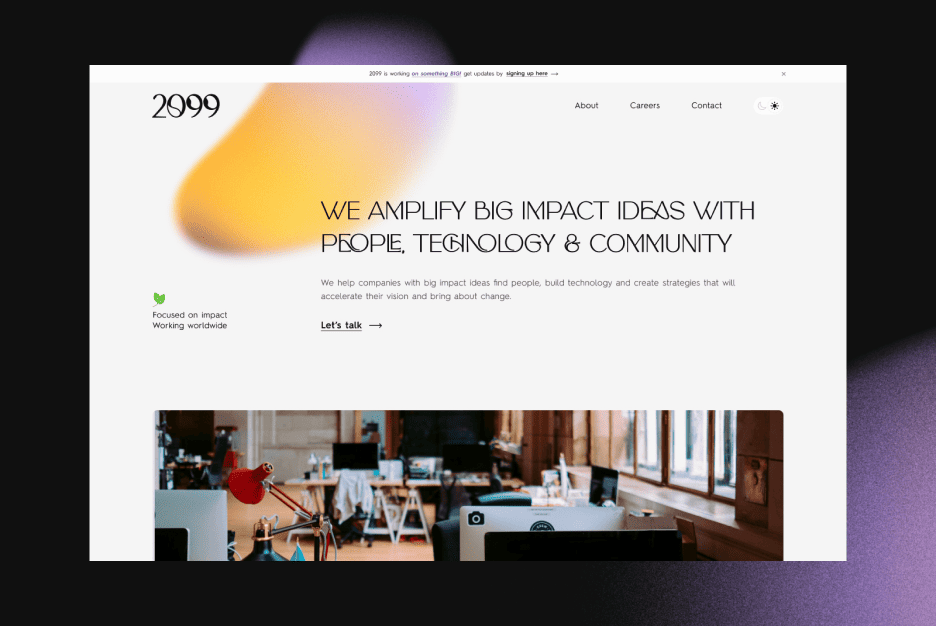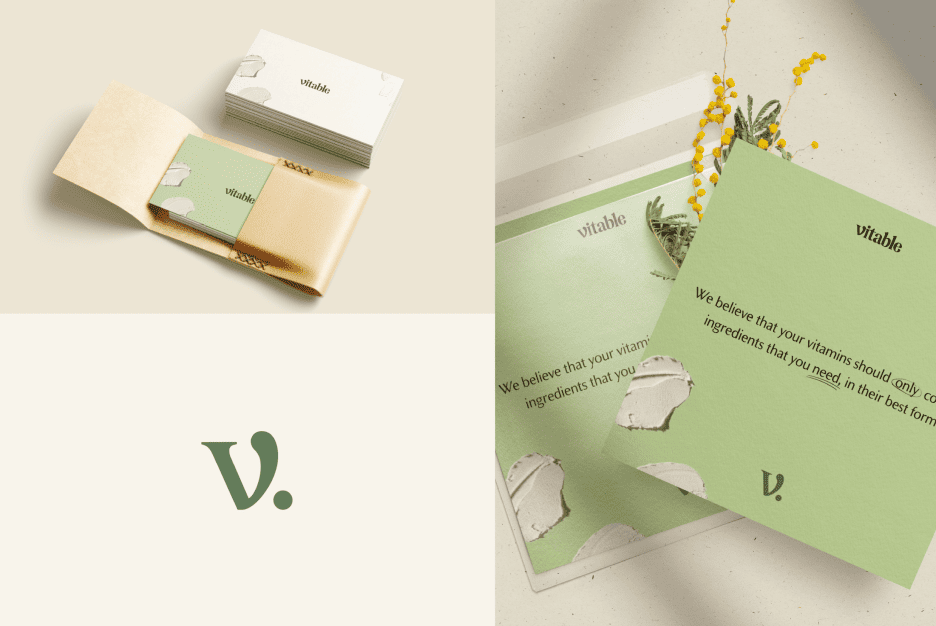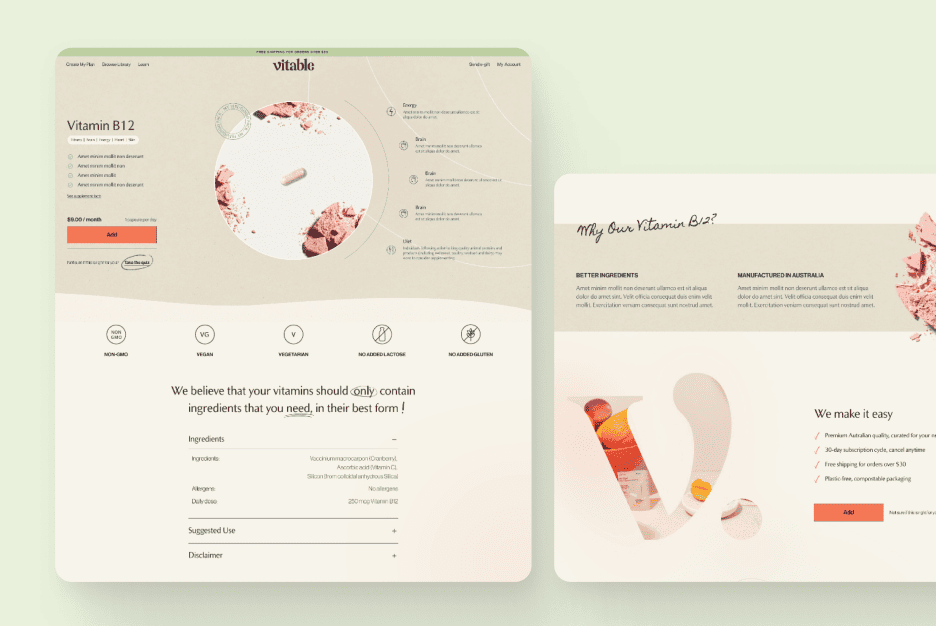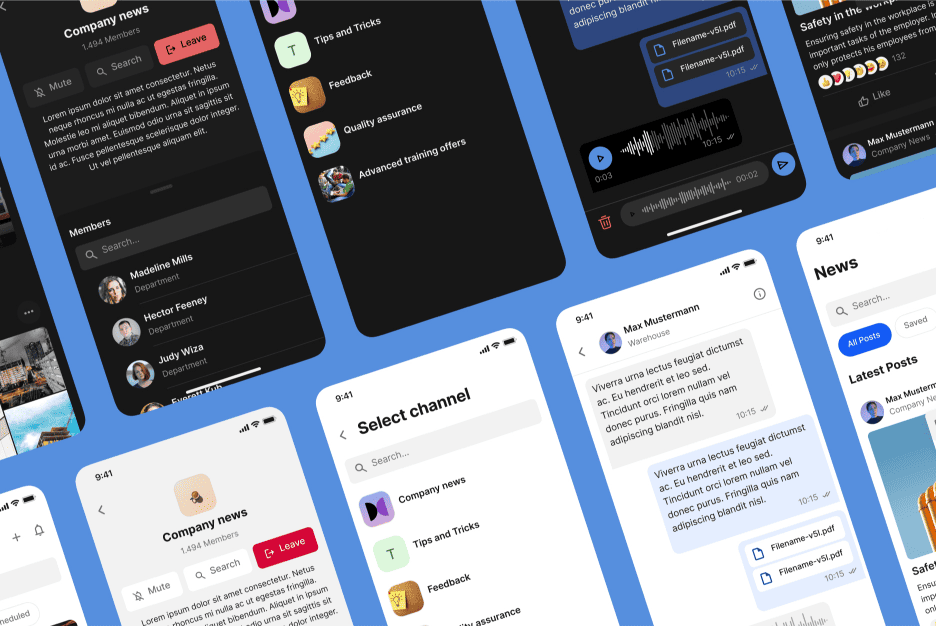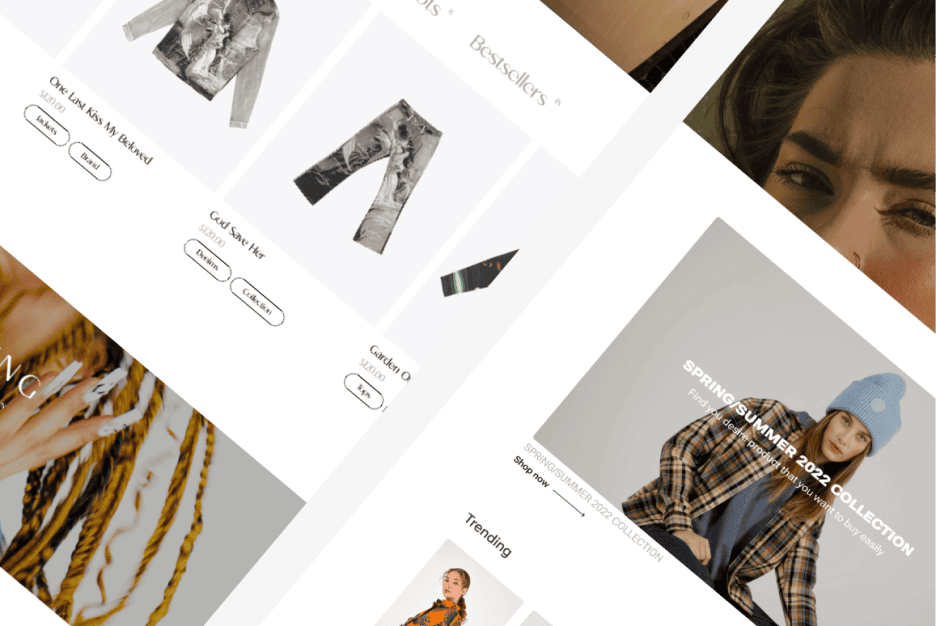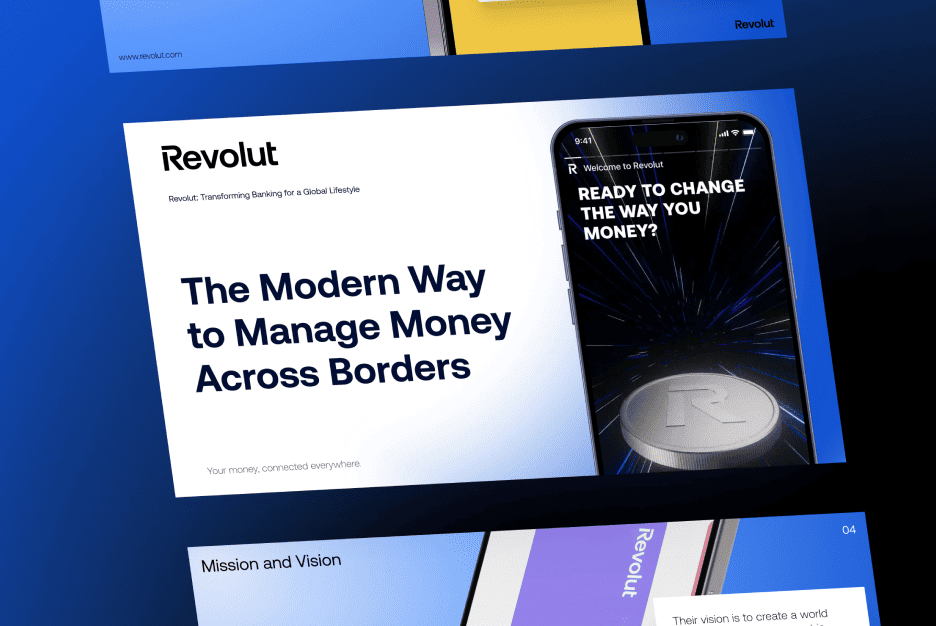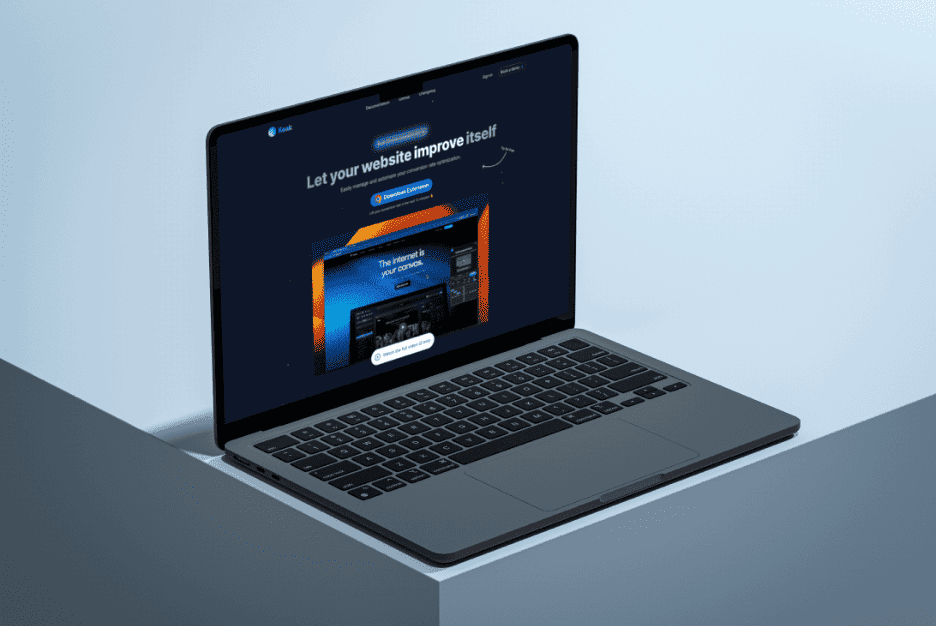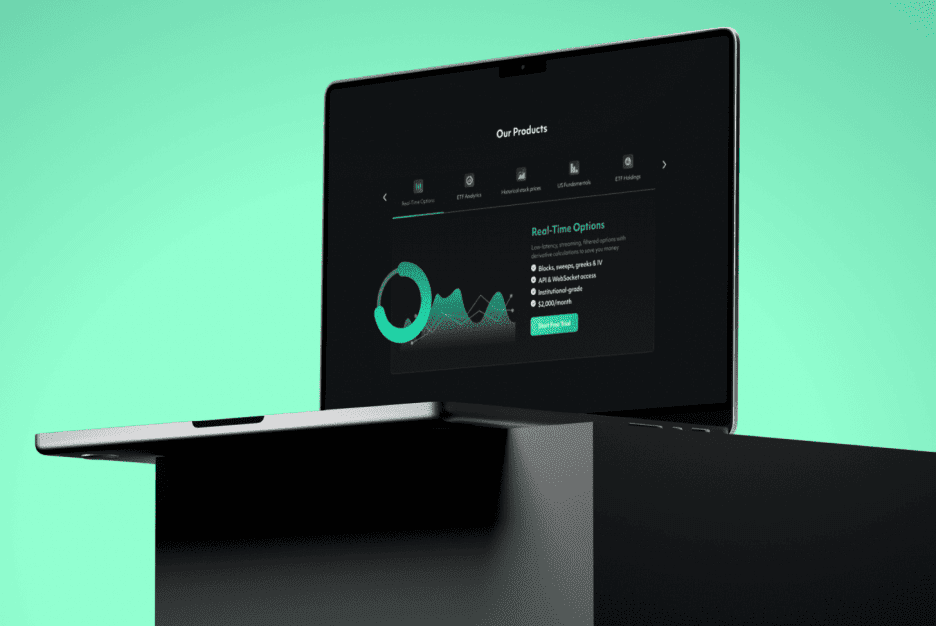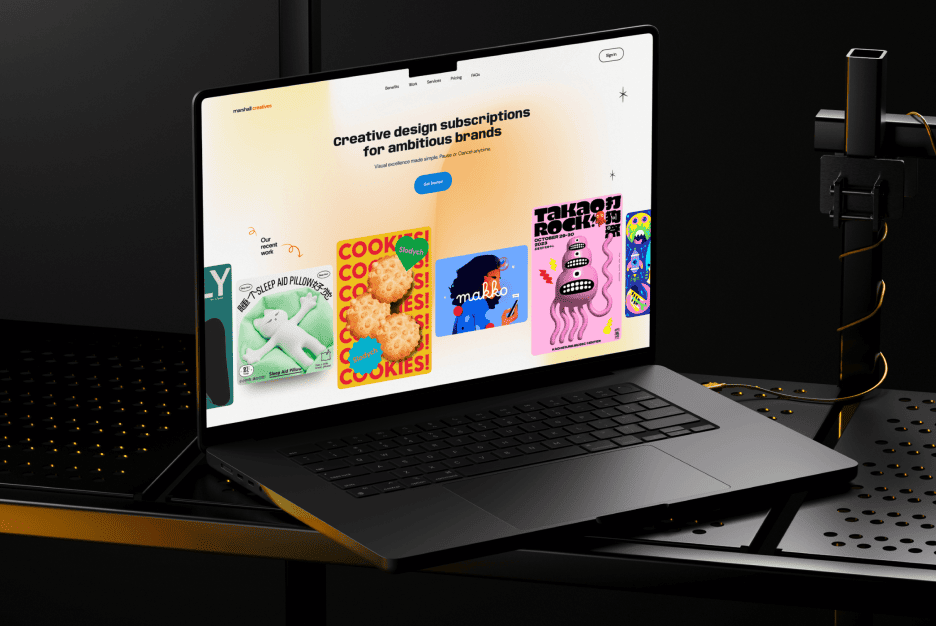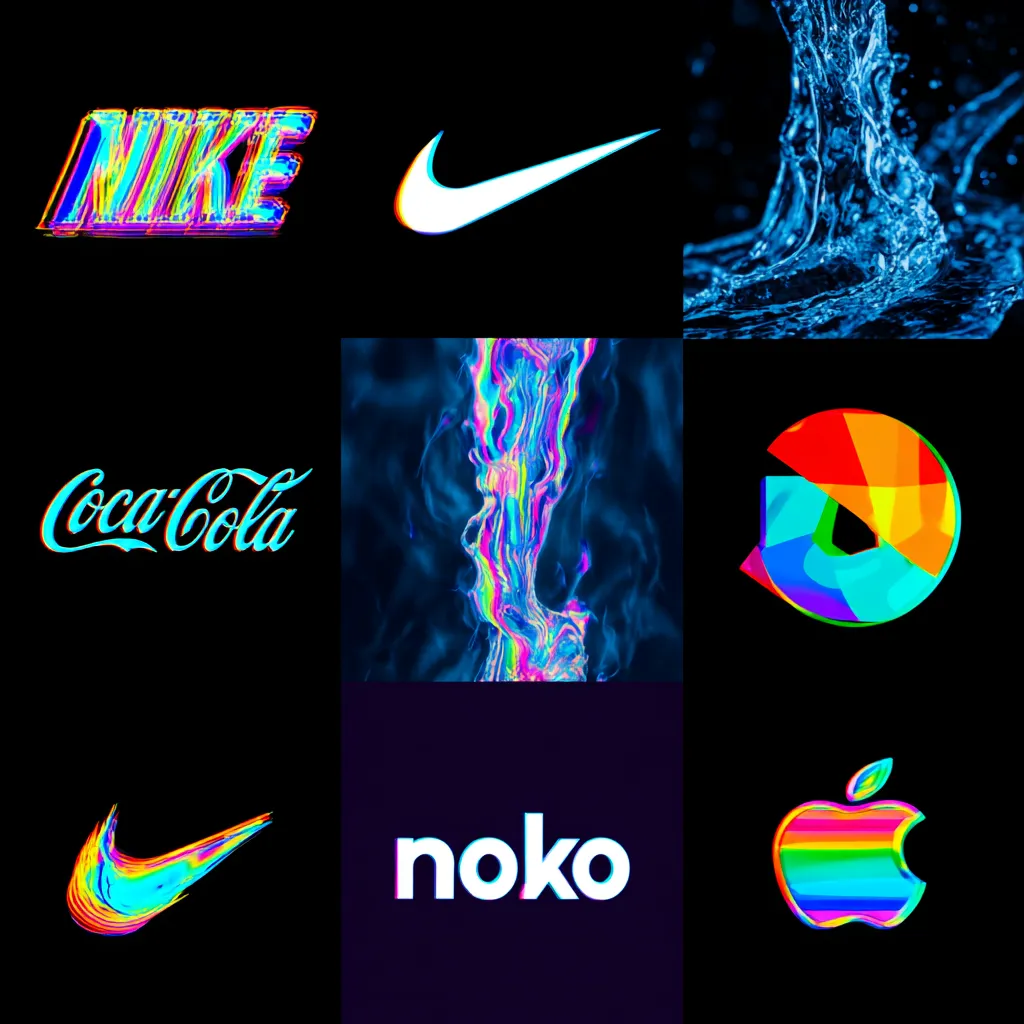Branding is evolving so quickly it feels like trends are running ahead, laughing at us while we’re still tying our sneakers. Back in the day, a neat little logo slapped on a business card was enough. Now? That feels ancient. Companies are leaning into flexibility, movement, and personality when shaping how people see them. And honestly, things are only going to get crazier from here.
Let’s unpack why static logos are losing their punch, how brands are starting to move and adapt, and what it means for the next era of identity design.
Why the traditional logo doesn’t work anymore
Once, a logo was like a carved stone signature—unchanging and predictable. That worked when brands only needed it on books, letterheads, or delivery trucks. But today, people’s attention spans are shorter than a TikTok. They expect constant freshness, and a logo that never changes feels boring and out of place.
Think about where logos live now: apps, Instagram feeds, wearable devices, even AR and VR. One rigid design can’t possibly fit all those contexts. A fixed symbol on a smartwatch screen? Awkward. On a huge LED billboard? Even worse. Static logos are basically tuxedos at a beach party—they just don’t belong.
The evolution of identity from static to dynamic
Identity design has shifted from being a strict uniform to something closer to a versatile wardrobe. Brands no longer rely on a single frozen image—they have systems that change and adapt based on the moment.
Remember MTV in the 90s? Their logo constantly morphed with colors, textures, and styles. That was one of the first signs of redefining what branding could be. Fast forward to now, and flexibility isn’t just nice to have—it’s survival. A brand that doesn’t move risks looking like a fossil in a digital jungle.
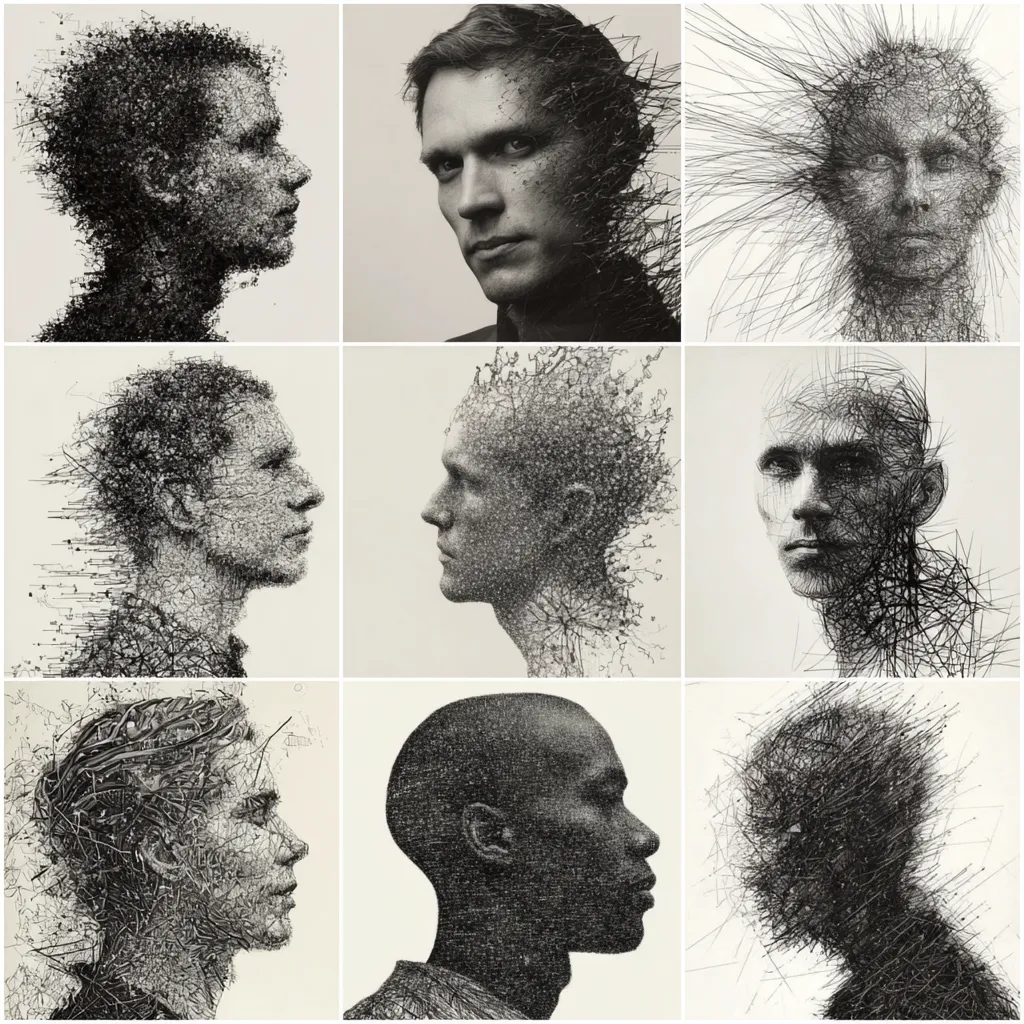
What adaptive logos are and how they change the game
Adaptive logos are shape-shifters. They scale, twist, or restyle themselves depending on where they show up. Picture one version for a smartwatch, another for mobile app onboarding, and another one that can fill a massive billboard. Same DNA, different outfits.
The beauty is that the audience always recognizes the brand, but never feels bored. Adaptive design makes identities feel alive—like the brand is meeting you where you are, not forcing you to come to it.
Examples of brands already using adaptive logos
You’ve seen it, even if you didn’t notice. Google’s playful Doodles? Adaptive branding in action. Spotify’s visuals that shift with the beat? Another great case. And Airbnb’s symbol works just as well on an app icon as it does plastered across Times Square.
These brands prove that adaptability doesn’t dilute recognition—it strengthens it. By building identities designed for change, they stay relevant across every platform.
Dynamic identity as a way to connect with different audiences
Dynamic branding is basically customizing your vibe depending on who’s in the room. Talking to gamers? Use a bold, neon look. Speaking to professionals? Go clean, polished, and muted. The same brand can flex into different tones without losing itself.
This flexibility makes companies feel human. Instead of blasting the same message everywhere, they shift—sometimes loud, sometimes subtle. Whether through typography, a color palette, or movement, dynamic identities let brands communicate on the right wavelength for every group.
How technology and AI are shaping branding
Technology is like rocket fuel for this shift. With artificial intelligence, logos can literally respond in real time—adjusting colors, shapes, or animation based on context. Imagine a coffee chain logo glowing warmer in winter and cooler in summer. That’s not sci-fi anymore.
Even more exciting, AI can tweak branding automatically based on data. It’s like giving your identity a brain. The wall between design and interaction is crumbling fast, and the brands leaning into this are the ones pulling ahead.

The role of animation and interactivity in building identity
Animation isn’t just for cartoons anymore—it’s emotional. A flick, a bounce, or a smooth transformation makes a logo feel like an experience, not just a picture.
And interactive branding takes it further. Micro-animations during mobile app onboarding, responsive effects on landing pages, or motion elements that react when you scroll—all of these turn identity into a conversation. When a brand moves with you, it feels alive, and that creates connection.
How adaptive branding boosts engagement and trust
So what’s the payoff? A deeper relationship with the audience. When people see that a brand fits seamlessly into every environment—apps, stores, books, or websites—they start to trust it more.
Adaptive branding hits the sweet spot: it’s recognizable but not repetitive. It surprises without breaking consistency. That balance builds loyalty while keeping things interesting.
Mistakes and risks when shifting to dynamic identity
Not every attempt at flexible branding is a win. Some companies push so hard for variety that their core identity gets lost. Others throw out all structure and end up looking messy.
Here are common pitfalls brands should avoid:
- Too many random variations that confuse people
- Forgetting the core principles that should guide the system
- Ignoring accessibility when adding motion or complex visuals
The lesson: adaptability needs boundaries. A chameleon is still recognizable, no matter what color it turns.

Trends shaping the future of branding
So, where are we headed? Branding will act less like static art and more like software—constantly updating, adapting, and responding to context. Expect ultra-personalized systems, AR and VR experiences, and even AI-driven identities that evolve with their users.
We’ll also see sustainability come into play—brands designing adaptable systems that last for decades instead of rebranding every five years. And with technology advancing, identities will feel less like symbols and more like living, breathing companions.
Bottom line: the future of branding won’t be carved in stone. It’ll move, morph, and reinvent itself on the fly—and the most successful companies will be the ones that embrace that constant evolution.
